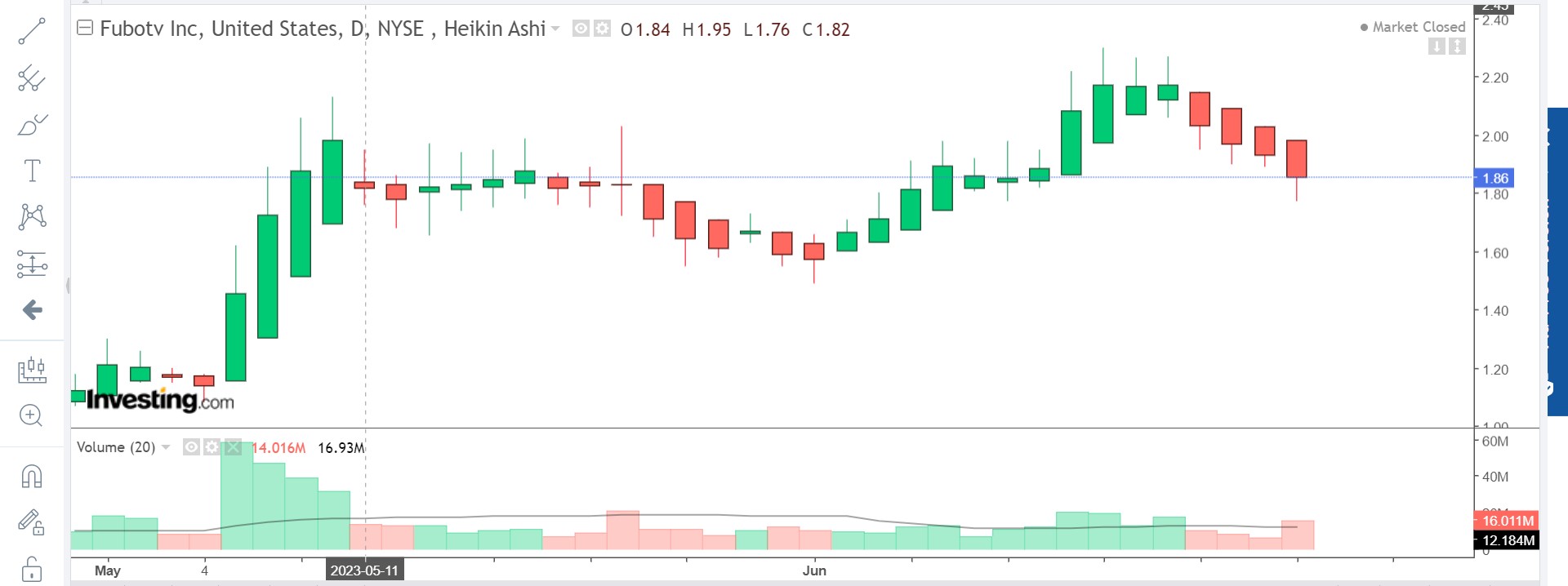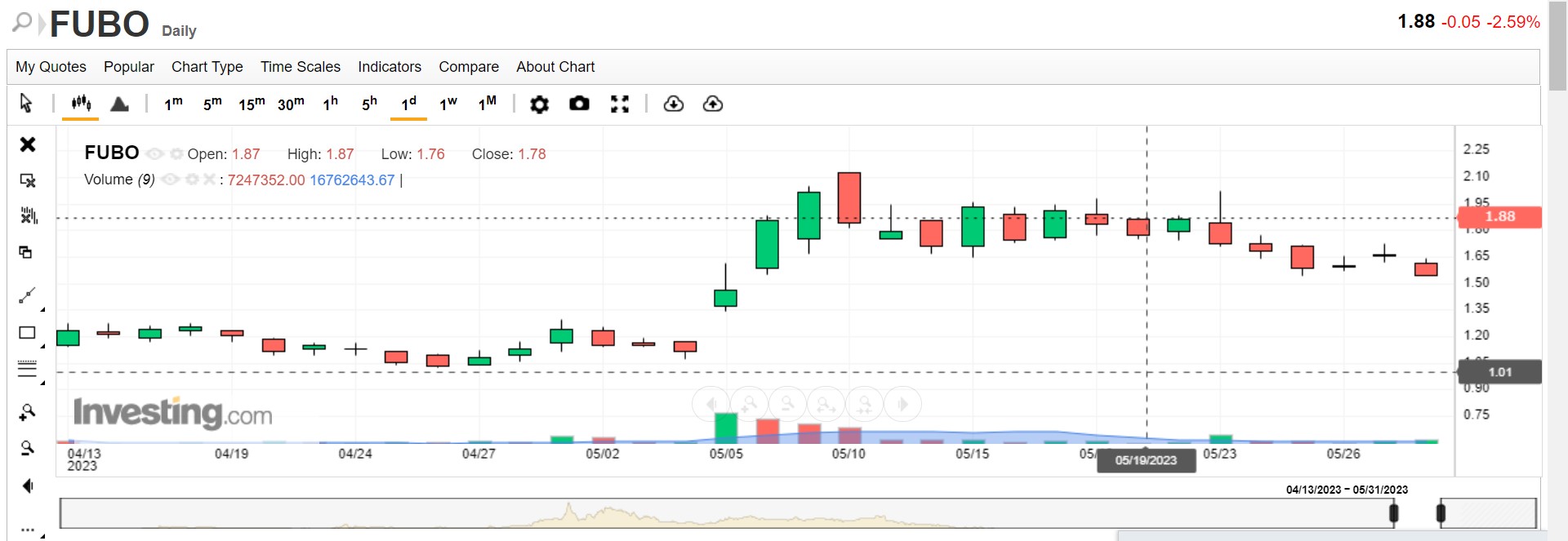Supply and demand are fundamental concepts in trading that play a crucial role in determining the prices of goods and services in the market. Some successful day traders trade pure on Supply and demand strategies, understanding the dynamics of supply and demand is great for traders as it helps them make decisions and predict market trends.
Definition of Supply and Demand
Supply refers to the quantity of a particular good or service that producers are willing and able to offer for sale at a given price within a specific time period. It represents the relationship between the price of a product and the quantity supplied by producers. The law of supply states that as the price of a product increases, the quantity supplied also increases, assuming all other factors remain constant.
On the other hand, demand refers to the quantity of a particular good or service that consumers are willing and able to purchase at a given price within a specific time period. It represents the relationship between the price of a product and the quantity demanded by consumers. The law of demand states that as the price of a product increases, the quantity demanded decreases, assuming all other factors remain constant.
Factors Influencing Supply
Several factors influence the supply of goods and services in trading:
1. Production Costs: The cost of producing goods directly affects supply. If production costs increase, producers may reduce their output, leading to a decrease in supply. Conversely, if production costs decrease, producers may increase their output, resulting in an increase in supply.
2. Technological Advancements: Technological advancements can improve production efficiency, reducing costs and increasing supply. For example, automation in manufacturing processes can lead to higher productivity and increased supply.
3. Input Prices: The prices of inputs used in production, such as raw materials or labor, can impact supply. If input prices rise, producers may reduce their output due to higher costs, leading to a decrease in supply. Conversely, if input prices decrease, producers may increase their output, resulting in an increase in supply.
4. Government Regulations: Government regulations can have a significant impact on supply. For instance, regulations that restrict production or impose additional costs on producers can reduce supply. Conversely, deregulation or incentives provided by the government can increase supply.
Factors Influencing Demand
Similarly, several factors influence the demand for goods and services in trading:
1. Price: The price of a product is one of the primary factors influencing demand. As the price of a product decreases, consumers are more likely to purchase it, leading to an increase in demand. Conversely, as the price increases, demand tends to decrease.
2. Consumer Income: The income level of consumers plays a crucial role in determining their purchasing power and, consequently, their demand for goods and services. As consumer income increases, their ability to purchase goods and services also increases, leading to an increase in demand.
3. Consumer Preferences: Consumer preferences and tastes can significantly impact demand. Changes in fashion trends or shifts in consumer preferences towards certain products can lead to changes in demand patterns.
4. Population: The size and composition of the population can influence demand. An increase in population generally leads to an increase in demand for goods and services.
Impact on Market Prices
The interaction between supply and demand determines market prices. When the quantity supplied exceeds the quantity demanded at a given price, it creates a surplus or excess supply. In this situation, producers may lower prices to stimulate demand and reduce their inventories.
Conversely, when the quantity demanded exceeds the quantity supplied at a given price, it creates a shortage or excess demand. In this case, prices tend to rise as consumers compete for limited supply.
The equilibrium price is the point where the quantity supplied equals the quantity demanded. At this price level, there is neither excess supply nor excess demand. Changes in supply or demand can shift the equilibrium price, leading to price fluctuations in the market.
Conclusion
Understanding the dynamics of supply and demand is important for traders in making informed decisions and predicting market trends. Supply represents the quantity of goods or services producers are willing to offer, while demand represents the quantity consumers are willing to purchase. Various factors influence both supply and demand, including production costs, technological advancements, input prices, government regulations, price, consumer income, consumer preferences, and population.
The interaction between supply and demand determines market prices. Surpluses or shortages in supply relative to demand lead to price adjustments until an equilibrium is reached. Traders who grasp the intricacies of supply and demand can effectively analyze market conditions and make strategic trading decisions.
Ole Borgesen / PyjamasTraders




